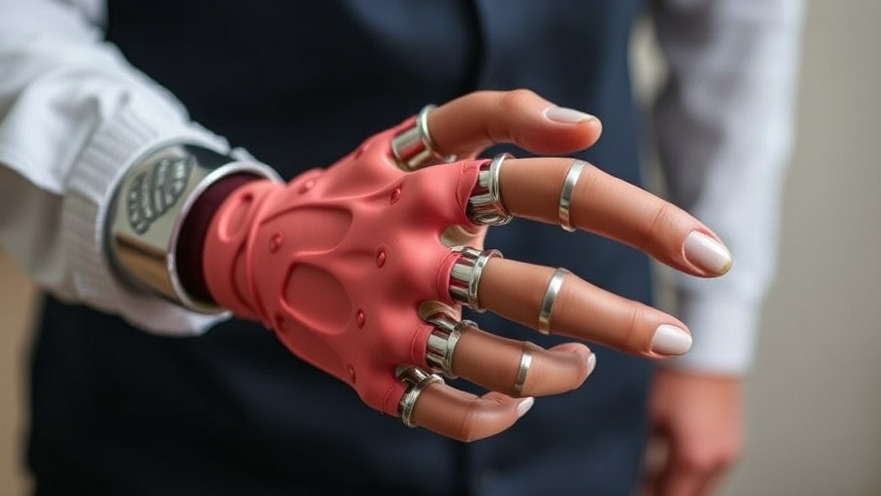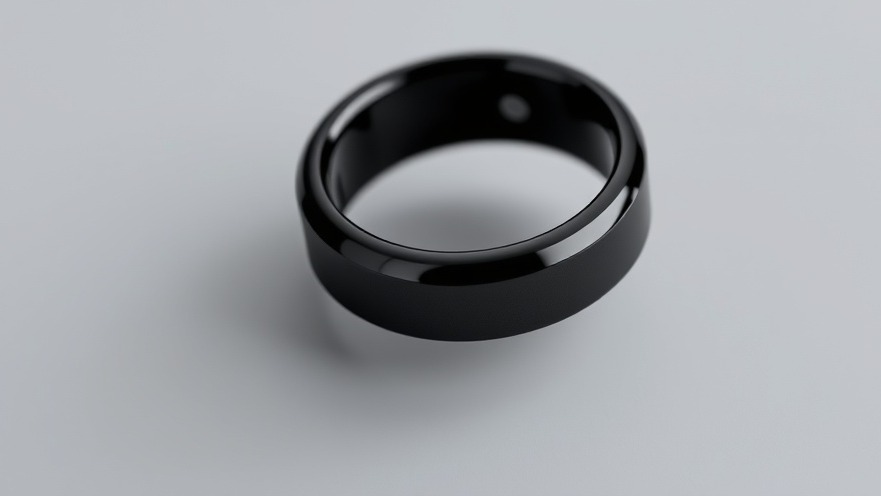
Revolutionizing Prosthetic Technology: The Future is Here
The world of prosthetics is witnessing a monumental shift thanks to groundbreaking research at the Skolkovo Institute of Science and Technology, in conjunction with leading prosthetic manufacturer Motorica and Far Eastern Federal University. The recent experiments have shown that patients with prosthetic hands can distinguish between objects by touch, an astonishing leap in enhancing the user experience for amputees.
The Science Behind the Touch
Researchers used a sophisticated method by implanting electrodes near the spinal cord and into peripheral nerves of two patients who had undergone above-elbow amputations. By delivering electrical impulses through both types of stimulation, the study aimed to compare the patient's sensations between spinal and peripheral nerve feedback.
During the month-long experiment, participants successfully identified different sizes of objects and differentiated between soft and hard materials purely through tactile feedback from their prosthetic hands. This ability stems from the unique stimulation methodology where electrical signals mimic the natural feedback experienced by healthy limbs.
Understanding Phantom Sensations
One of the most remarkable aspects of this research is the exploration of phantom limb sensations, where patients reported varying sensations in their phantom limbs during electrical stimulation. For instance, participants articulated that while the spinal stimulation evoked widespread sensations, the peripheral stimulation offered a more localized feeling, akin to what one might experience with an intact limb. This insight further highlights the potential of tailoring prosthetic feedback to individual nerve contexts.
Brain Response and Neuroplasticity: A New Dawn
Another exciting feature of the study is the use of electroencephalography (EEG) to record the brain's responses to the stimulation. This simultaneous monitoring provided researchers with valuable insights into how the brain adapts—showing changes in lateralized brain activity that corresponded to the type of stimulation received. Over time, this adaptation signifies neuroplasticity, which is the brain's capacity to form new neural connections. This adaptation could lead to designing better prosthetics that enhance the patient’s proprioceptive feedback over time, improving overall functionality.
Empowering Patient Experience
For health practitioners, these findings could transform the patient experience with prosthetic hands. Understanding how tactile feedback helps users differentiate among objects can provide invaluable feedback for customizations in prosthesis designs. Moreover, the ability to communicate realistic sensations may drastically improve rehabilitation methodologies. Concierges in health practices must stay informed about these advancements to assist patients in their recovery journeys effectively.
Implications for Health Practitioners
The implications of these findings extend far beyond technical advancements. Health practitioners must consider how they can leverage this knowledge to enhance their practice. Education on the nuances of prosthetic feedback can empower practitioners to provide better care, ensuring that their patients fully benefit from emerging technologies.
Patient-Centric Advancements: The Road Ahead
As these devices advance, patients will enjoy increased autonomy and engagement in their rehabilitation. The potential nature of prosthetic limbs evolving to provide realistic tactile sensations underscores a fundamental shift toward patient-driven care. With continuous research and clinical trials, the future holds promising opportunities for those who rely on prosthetic devices, suggesting a transformation that aligns with patient needs and technological capabilities.
Conclusion: Bridging Technology and Compassion
In conclusion, the intersection of cutting-edge technology and compassionate care will remain vital for the future of prosthetics. This research not only paves the way for enhanced functionalities but also encourages a patient-first approach, empowering those who have faced limb-loss challenges. As health practitioners, embracing these innovations will be crucial in leading their patients toward individualized care and improved outcomes.
 Add Row
Add Row  Add
Add 






Write A Comment